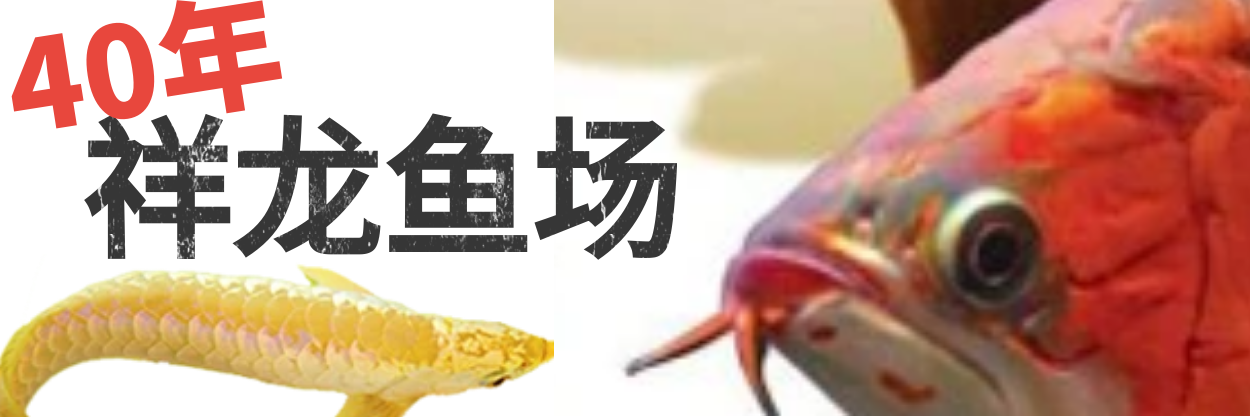龙鱼产地 英文(requirementsinaquariums)
1、What are the primary regions where dragon fish, also known as Asian arowana, are found?
2、How do the environmental conditions in the natural habitats of dragon fish influence their behavior and physiology?
3、Are there any specific conservation efforts in place to protect the wild populations of dragon fish in their native habitats?

4、How do the breeding practices for dragon fish in captivity compare to their natural reproductive behaviors in the wild?
5、What are the key differences between the various species of dragon fish found in different parts of Asia, and how do these differences affect their care requirements in aquariums?
Dragon fish, or Asian arowana, are native to freshwater habitats in several regions across Southeast Asia, including countries like Indonesia, Malaysia, and Thailand. These vibrant and often sought-after fish thrive in slow-moving rivers, floodplains, and peat swamps where they have adapted to a diet consisting mainly of insects, small fish, and crustaceans. The environmental conditions in these habitats, such as warm water temperatures and abundant vegetation, play a crucial role in shaping the behavior and physiology of dragon fish. For instance, their ability to leap out of the water to catch prey is a direct adaptation to their natural environment.
Conservation efforts for dragon fish vary by region but generally focus on habitat protection and sustainable fishing practices. In some areas, overfishing and habitat destruction due to human activities pose significant threats to wild populations. Breeding dragon fish in captivity has become increasingly common, with many breeders aiming to replicate the natural conditions as closely as possible. However, there are notable differences in the reproductive behaviors of captive and wild dragon fish. Wild dragon fish typically exhibit more complex courtship rituals and parental care compared to those bred in controlled environments.
The various species of dragon fish found in different parts of Asia, such as the green, gold, and red dragon fish, each have unique characteristics that influence their care requirements in aquariums. For example, the green dragon fish may require more subdued lighting to mimic its natural habitat, while the gold dragon fish might need a diet richer in protein to maintain its vibrant coloration. Understanding these differences is essential for successfully keeping these magnificent creatures in home aquariums.





发表评论